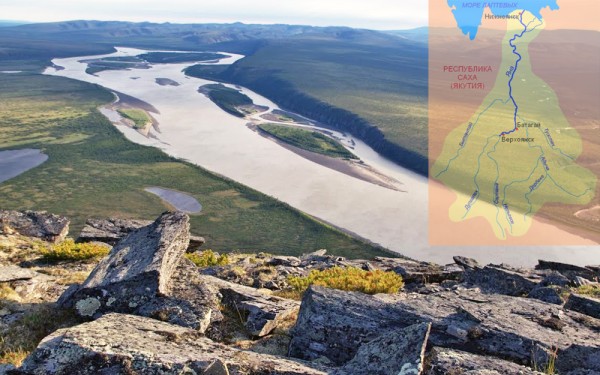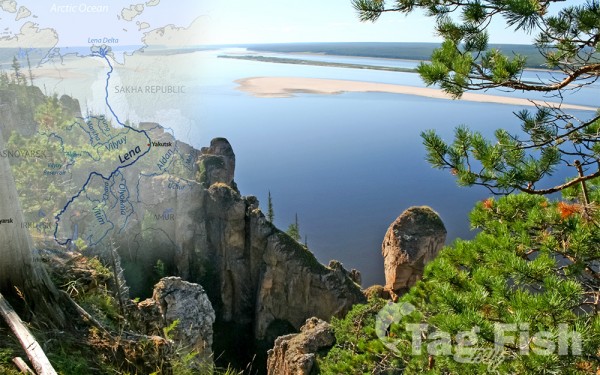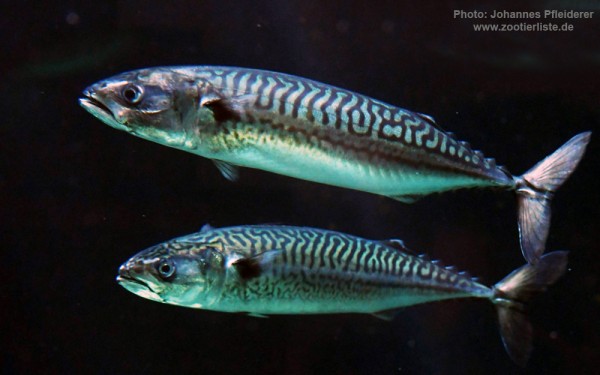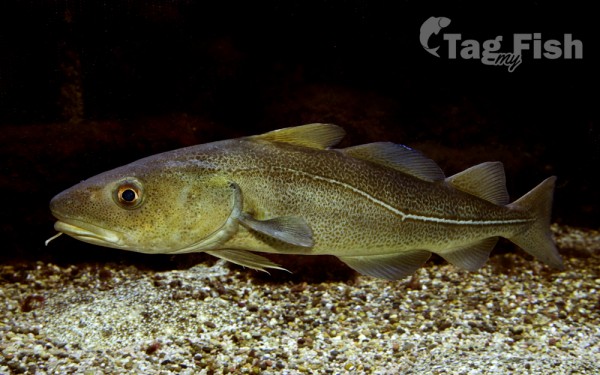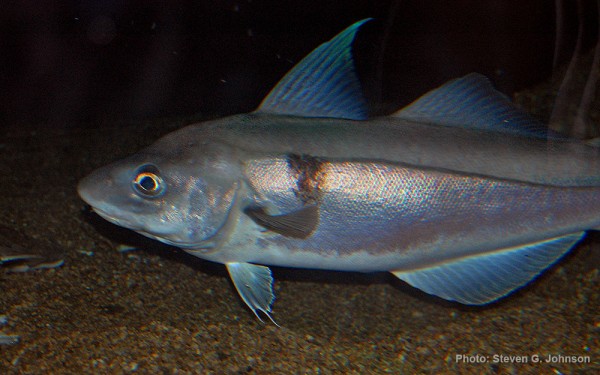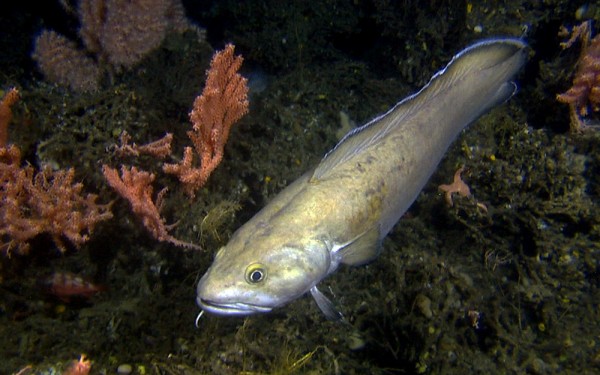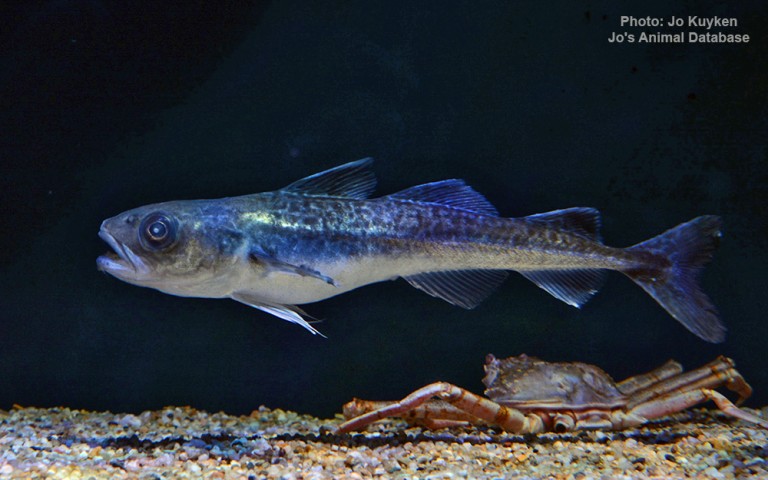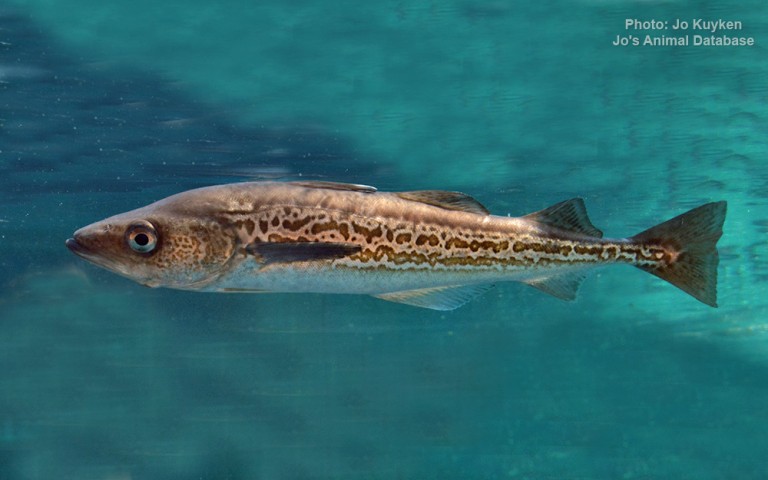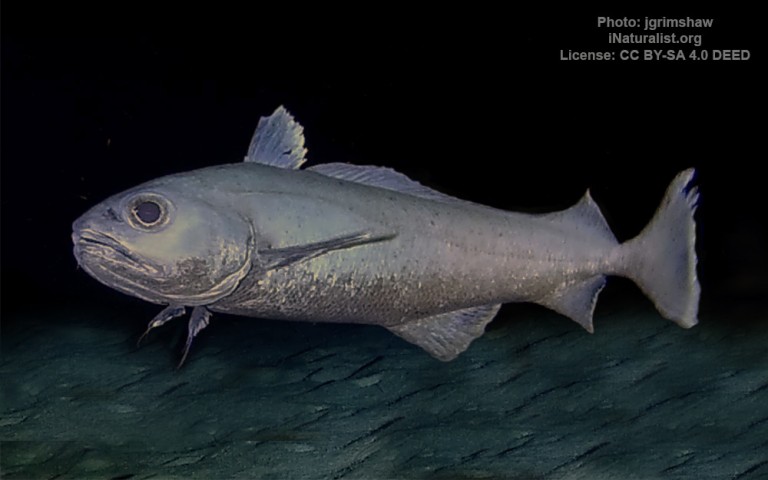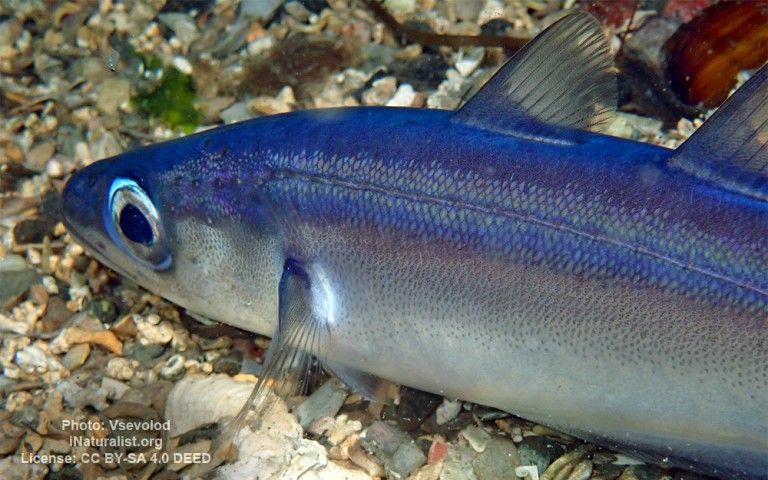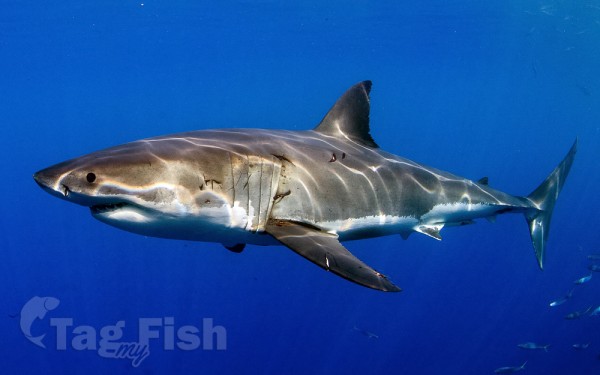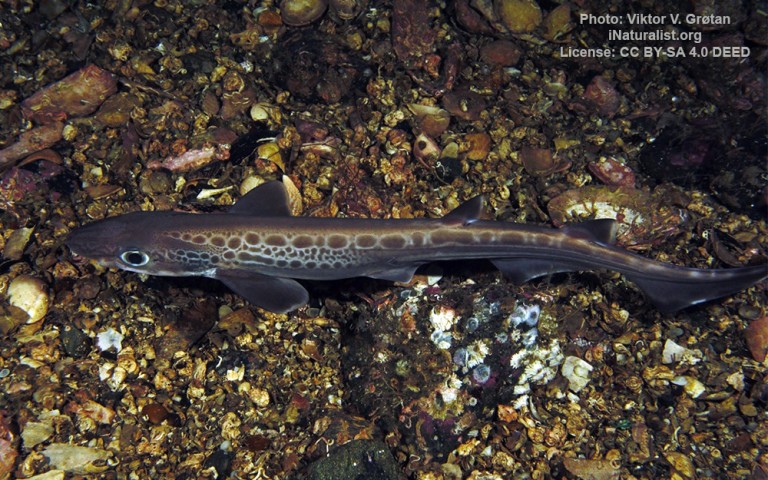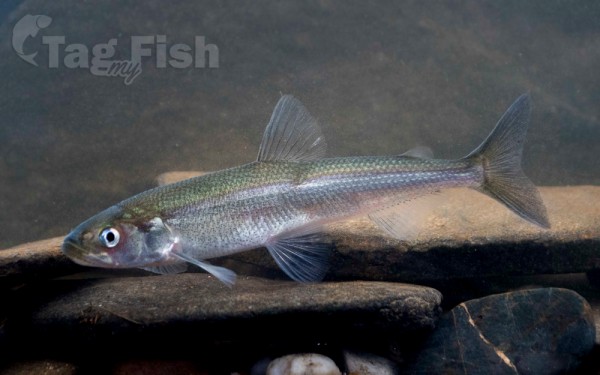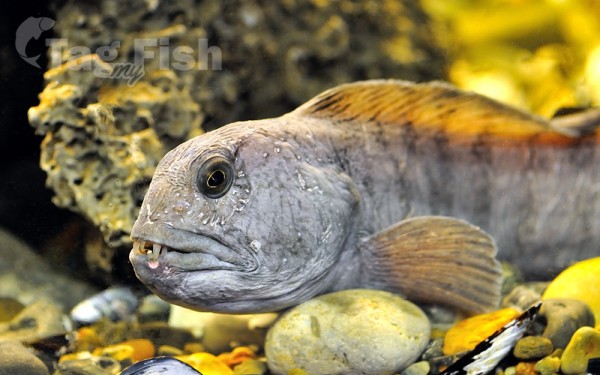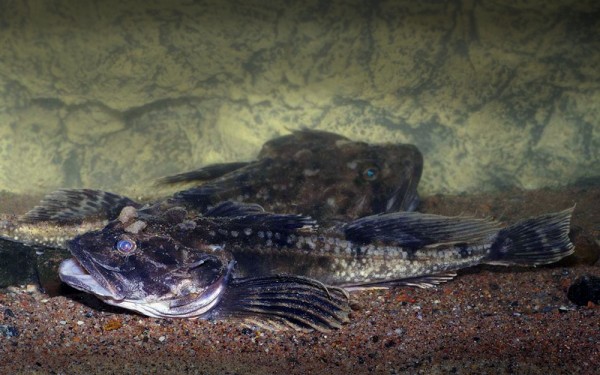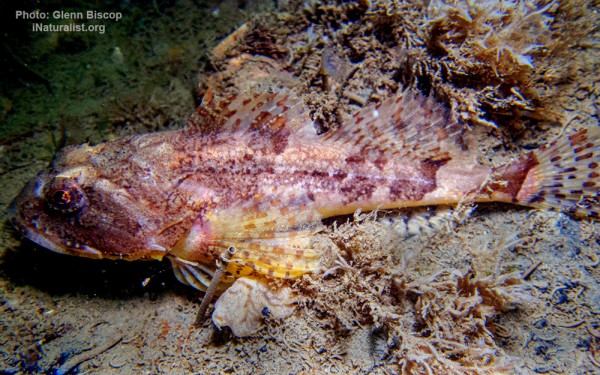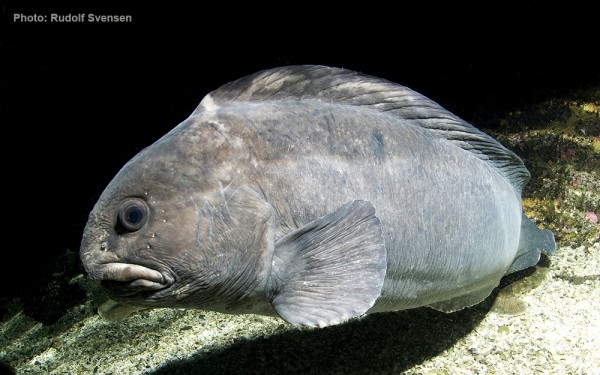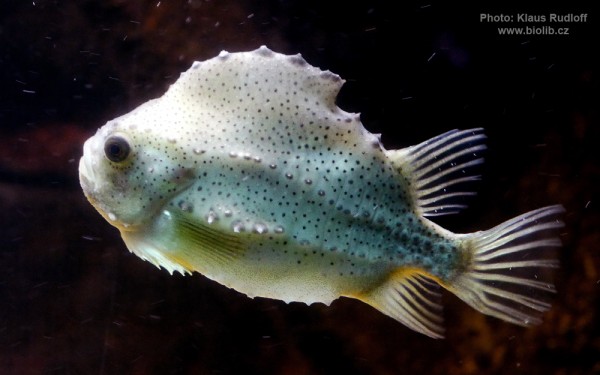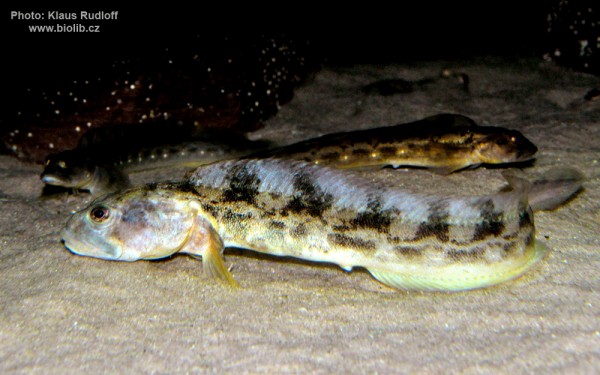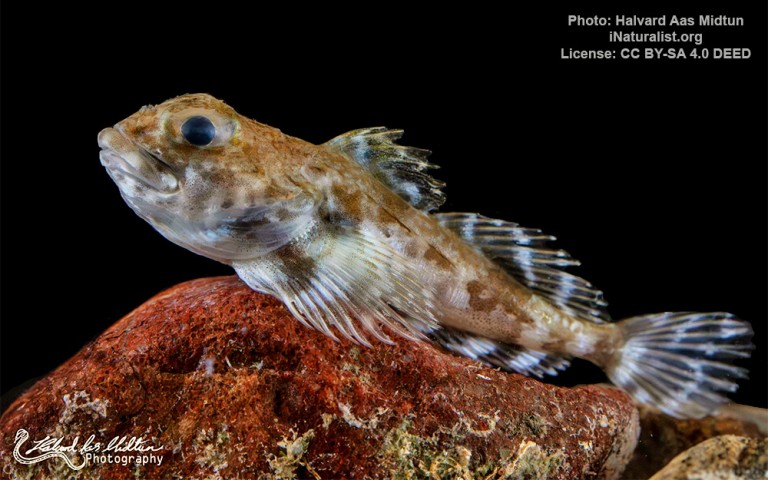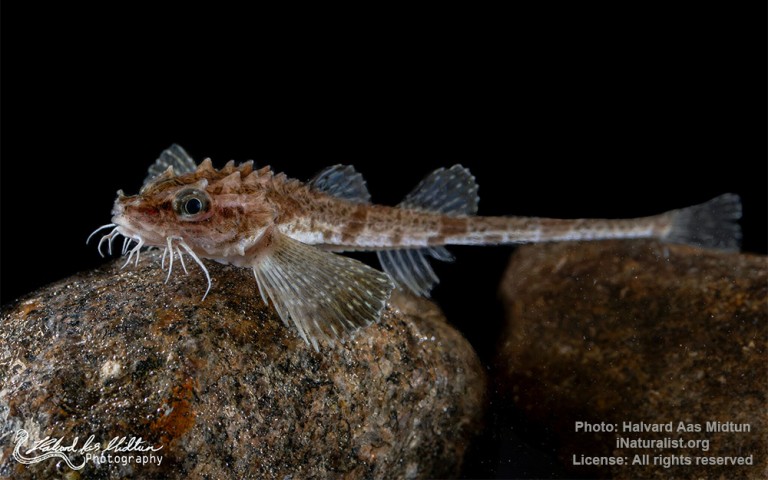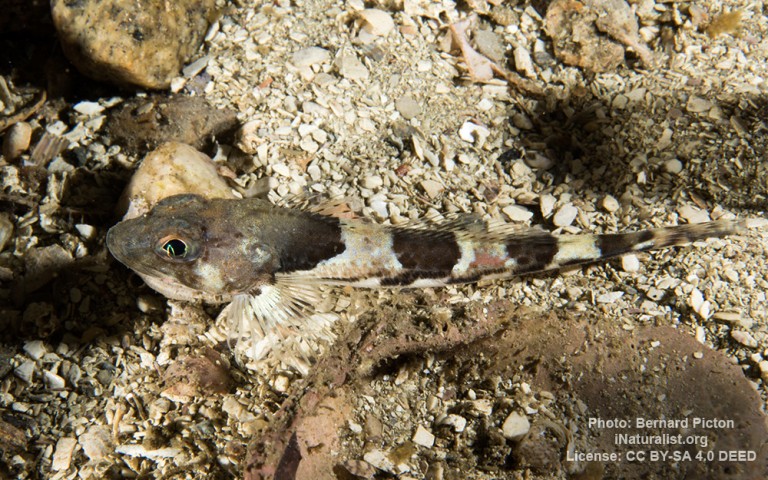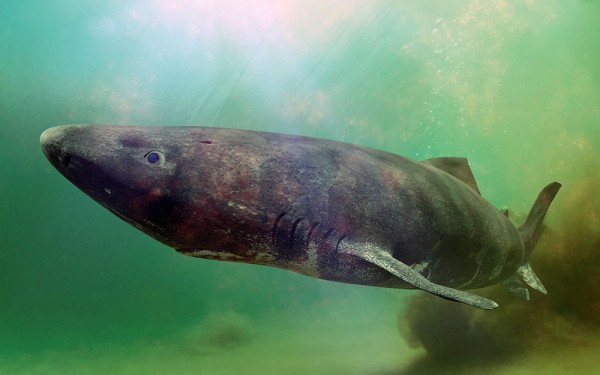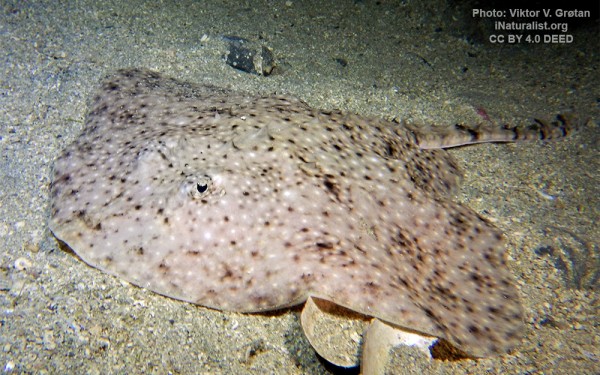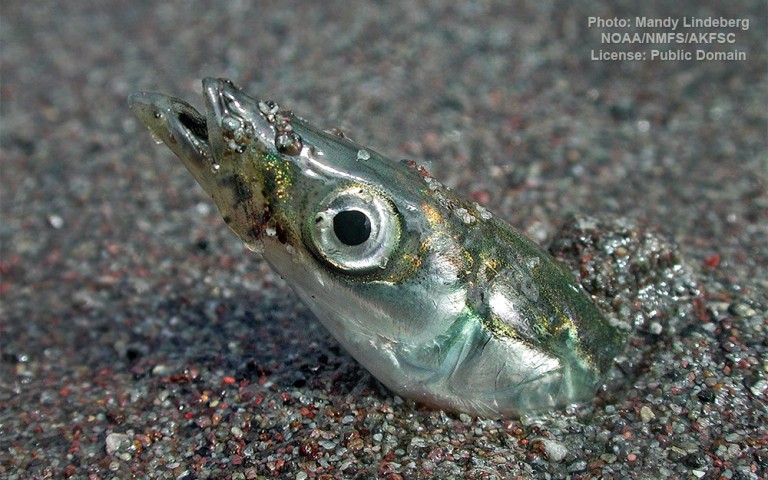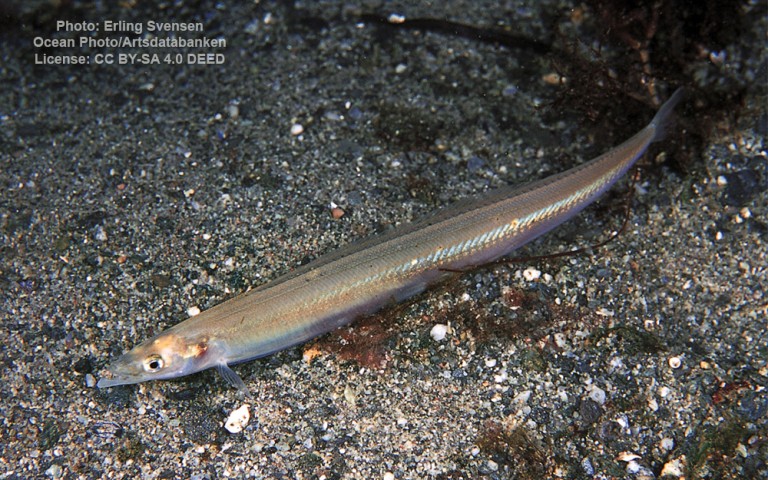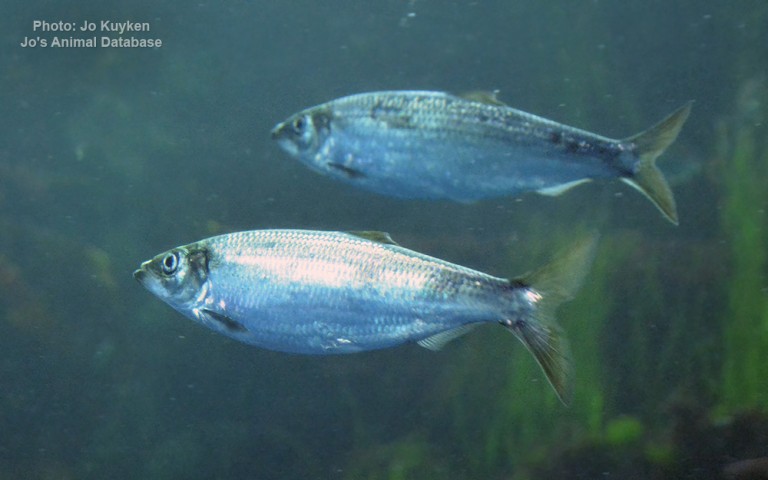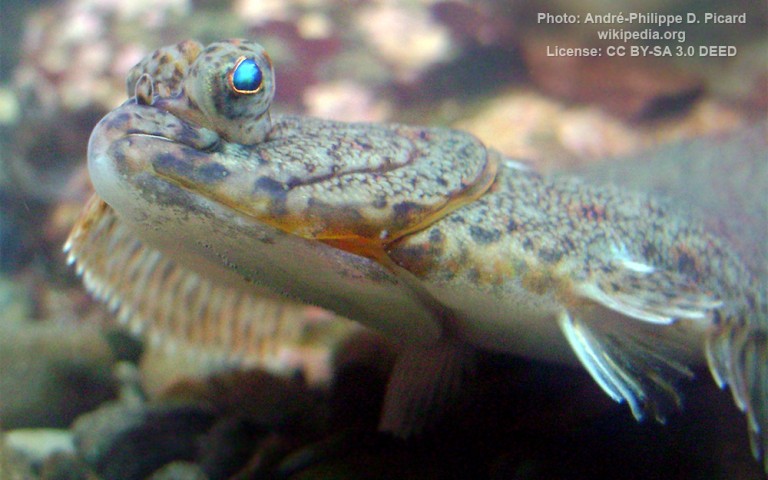Laptev sea
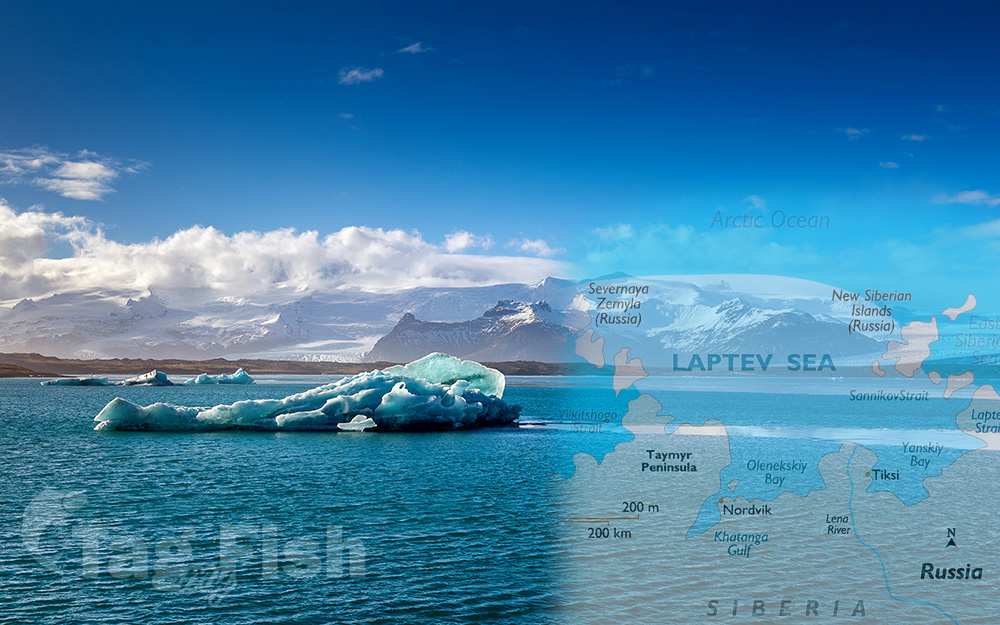
Scombriformes - Mackerels
Gadiformes - Cods
Lamniformes - Mackerel sharks
Carcharhiniformes - Ground sharks
Osmeriformes - Smelts
Scorpaeniformes - Mail-cheeked fishes
Squaliformes - Sleeper and dogfish sharks
Rajiformes - Skates and rays
Salmoniformes - Salmons and Trouts
Trachiniformes - Weeverfishes
Clupeiformes - Herrings
Pleuronectiformes - Flatfishes
The Laptev Sea is a marginal sea of the Arctic Ocean. It is located between the northern coast of Siberia, the Taimyr Peninsula, Severnaya Zemlya and the New Siberian Islands. Its northern boundary passes from the Arctic Cape to a point with co-ordinates of 79°N and 139°E, and ends at the Anisiy Cape. The Kara Sea lies to the west, the East Siberian Sea to the east.
The sea is named after the Russian explorers Dmitry Laptev and Khariton Laptev.
The sea has a severe climate with temperatures below 0 °C (32 °F) over more than nine months per year, low water salinity, scarcity of flora, fauna and human population, and low depths (mostly less than 50 meters). It is frozen most of the time, though generally clear in August and September.
The seashores were inhabited for thousands of years by indigenous tribes of Yukaghirs and then Evens and Evenks, which were engaged in fishing, hunting, and reindeer husbandry. They were then settled by Yakuts and later by Russians. Russian explorations of the area started in the 17th century. They came from the south via several large rivers which empty into the sea, such as the prominent Lena River, the Khatanga, the Anabar, the Olenyok, the Omoloy and the Yana.
The sea contains several dozen islands, many of which contain well-preserved mammoth remains.
